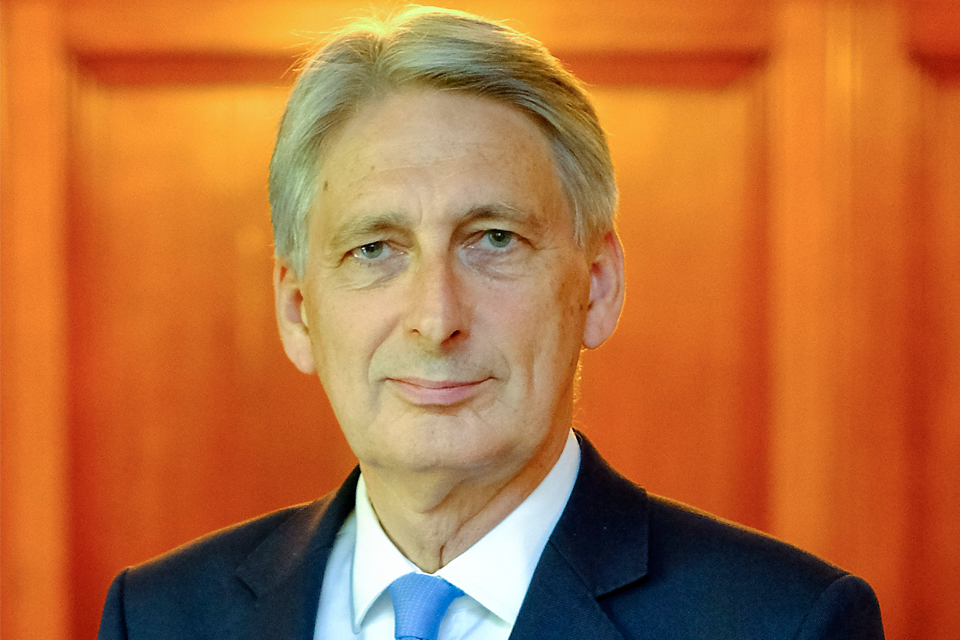Olympic airspace
Written statement by the Rt Hon Philip Hammond MP, Secretary of State for Transport.

On 7 March the government announced plans to introduce temporary airspace restrictions in the South East of England during the London Olympic and Paralympic games to help protect key games locations from potential airborne risks. We also made clear that further work would be done to evaluate the potential impact of these measures before final decisions were made. Additional work was also envisaged on possible exemptions and alleviations to mitigate the impact of the proposed restrictions on the aviation industry where possible, without reducing the effectiveness and robustness of the security measures.
Since March further extensive work has been done in conjunction with the aviation sector to understand the likely impact of the planned restrictions on the industry. Alongside this, security experts have also carried out further analysis on the risks to the games. This work has given us a more sophisticated understanding of the relative challenges as regards the Olympics and the Paralympics. The changes to the original measures have been made to minimise the impact of the restrictions without compromising the safety and security of the games.
As a result of both this improved understanding and work with the aviation community, the government is today announcing further development of the plans for temporary airspace control measures.
Between 14 July and 15 August 2012, the airspace measures will, as previously proposed, comprise an inner prohibited zone and an outer restricted zone, approximately 60 nautical miles across, centred on the Olympic park.
Only certain categories of aircraft - those operating commercial services and subject to full aviation security procedures - will normally be permitted to operate within the prohibited zone. Aircraft involved in, for example, police, emergency medical, essential survey and Olympic broadcast operations will be exempt. Subject to specific conditions, exemptions will also be granted to flights operating from Denham, Fairoaks and White Waltham airfields, and the London Heliport at Battersea - all located within the prohibited zone - directly to and from the boundary with the restricted zone.
As previously proposed, all types of aircraft will be permitted to operate in the wider restricted zone during this period provided that they can satisfy certain requirements designed to ensure that aircraft within the zone can be readily identified and monitored by air traffic control. Additional changes to the original plans are now proposed, including exemptions for flights directly exiting the restricted zone from airfields within 3 nautical miles of the zone’s outer boundary, and the removal of the prohibition against cross country solo student flights. Small changes to the boundaries of the prohibited and restricted zones are also being made, primarily for reasons of air traffic safety and ease of navigation. Further work is underway to look at whether the current minimum period for filing a flight plan can be reduced from the existing 2 hours.
From 16 August until the Paralympic village closes on 12 September 2012, the prohibited and restricted zones will be replaced by three separate, smaller, areas of restricted airspace one over central London and the Olympic park, one over the Eton Dorney Paralympic rowing venue, and one over the rowing Village at Egham. Access to this airspace will be restricted to those aircraft permitted to operate within the earlier prohibited zone. A specific exemption will be granted in respect of operations into and out of the London heliport.
A similar approach - the introduction of localised areas of temporarily restricted airspace - will be taken in respect of the games venues elsewhere across the country as and when appropriate during the games period.
Full details of the planned airspace restrictions, including maps, can be found on the airspace safety initiative website.
It is not expected that any airports will need to close as a result of the planned measures. There should be no impact on scheduled air services, and a significantly reduced impact on most other types of operation within the prohibited and restricted zones as a result of the changes made to the design and duration of the restrictions.
The government’s paramount objective is the delivery of a safe and secure games for all. We are confident that the measures announced today are a proportionate approach, balancing the need to put in place appropriate and effective counter-measures against potential aviation based risks to the games with the desire to minimise the impact on the aviation community.
However, should circumstances change, the government reserves the right to implement additional airspace security measures should the need arise.